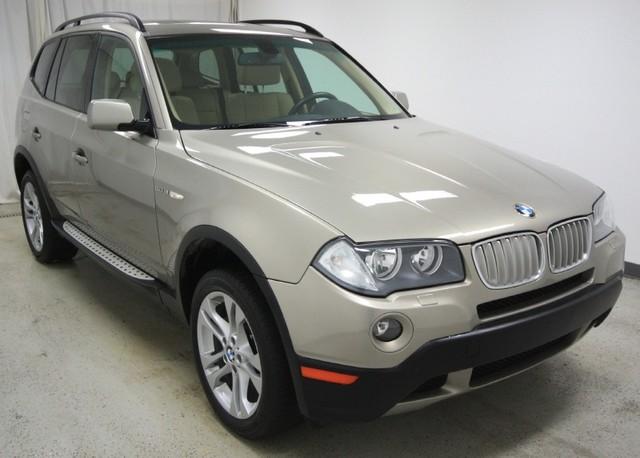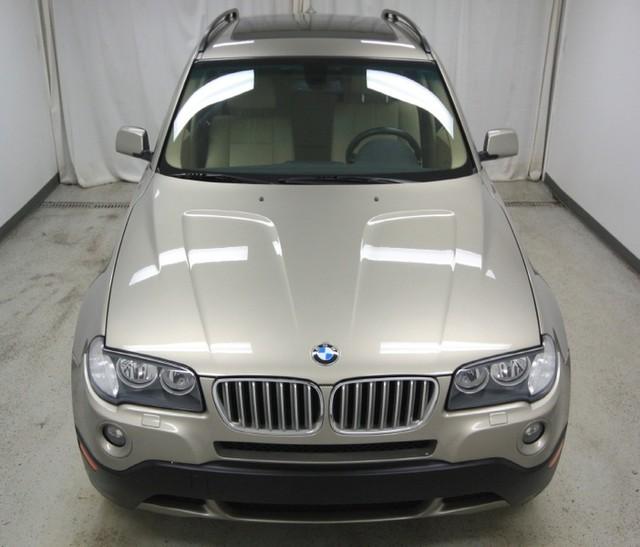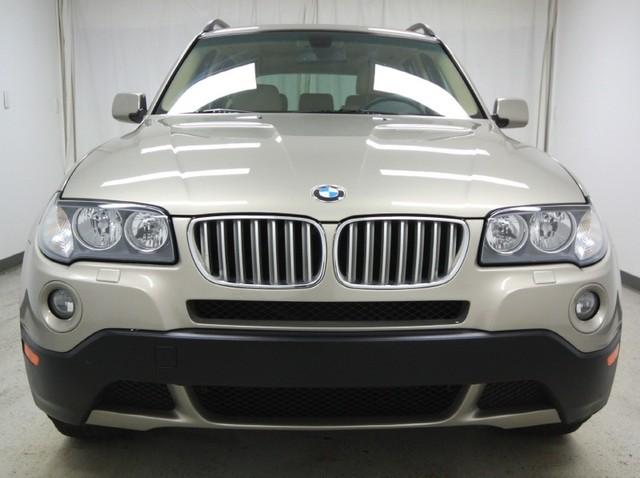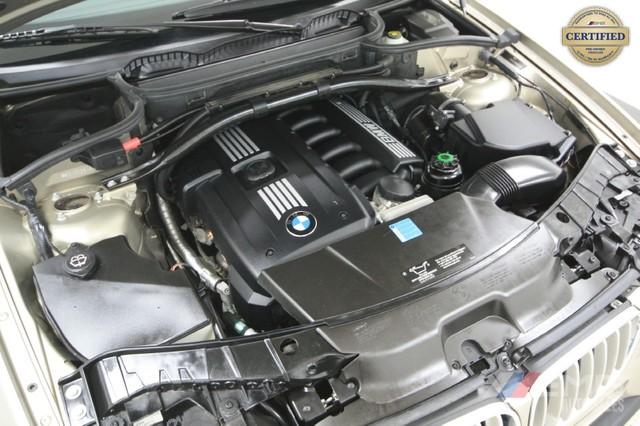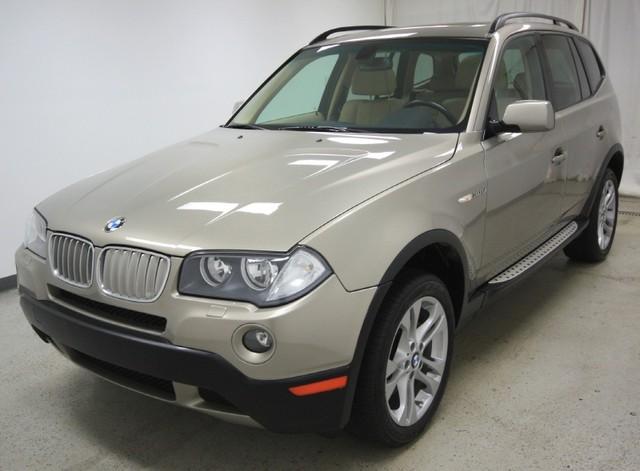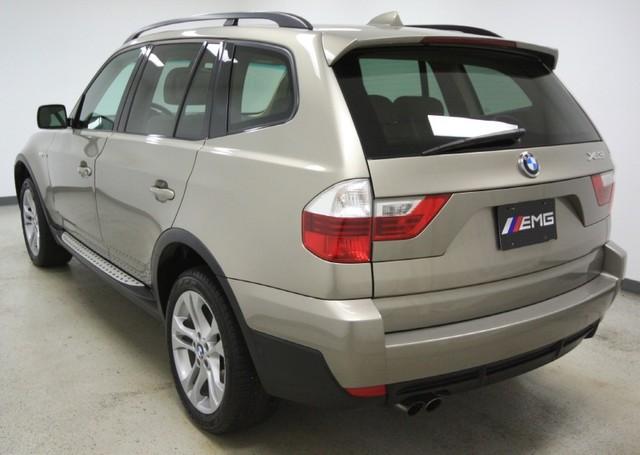2008 BMW X3 4 DOOR CAB
EMG AUTO SALES, NJ
P:866-544-3151
- Mileage
- 68,787 Miles
- Engine
- 5-cylinder, I5 3.7L
- Transmission
- Automatic
- Fuel
- Gasoline
- Color
- Platinum Bronze Metallic
- Make
- BMW
- Model
- X3
- Model Year
- 2008
- VIN
- WBXPC93438WJ21397
Vehicle Overview BMW brought serious sportiness into the sport utility vehicle field when it rolled out the midsize X5. Early in 2004, BMW launched the X3, which is smaller than the X5 and fits into the same luxury SUV segment as the Acura RDX and Land Rover LR2. In 2007, the X3 got a more powerful engine as well as interior and exterior tweaks. For 2008, there are minor changes to option and trim packages, and active head restraints are now standard. BMW's xDrive all-wheel-drive system permits fully variable distribution of torque from front to rear. Up to 100 percent of engine torque can go to either axle, as needed. Dynamic Stability Control aids in stabilizing the vehicle in difficult situations and now includes a brake-drying feature, brake fade compensation and start-off assist. Hill Descent Control helps even if the ground is loose or slippery. Exterior The X3's styling is similar to that of the X5, but on a slightly smaller scale. Design cues include a fresh interpretation of the Hofmeister kink a bend behind the rear side windows that distinguishes BMWs and a version of the automaker's twin-kidney grille. Seventeen-inch wheels are standard, and 18- and 19-inch wheels are optional. Adaptive xenon headlights that feature corona rings are also optional. Interior The five-person cabin features familiar analog gauges, and the dashboard features wood trim. A navigation system is optional. Leatherette upholstery is standard, and leather is optional. Under the Hood The 3.0-liter inline-six-cylinder makes 260 horsepower and 225 pounds-feet of torque. It teams with either a six-speed manual gearbox or a six-speed Steptronic automatic transmission. Safety Side-impact airbags are standard for front occupants and optional for rear passengers. Side curtain airbags, which BMW calls its Head Protection System, protect occupants in the front and rear. Active head restraints are newly standard. BMW says they will move forward within fractions of a second in a rear-collision situation to help prevent neck injuries.
- Daytime running lights
- Dynamic stability control (DSC)
- 4-wheel anti-lock braking system (ABS)
